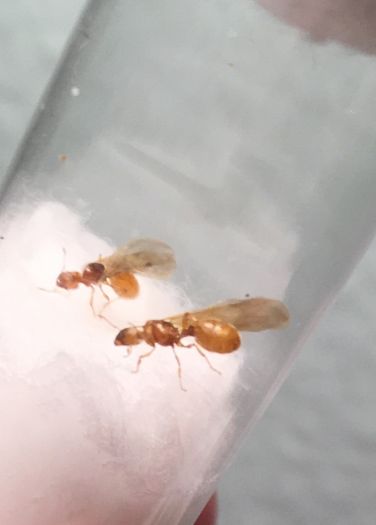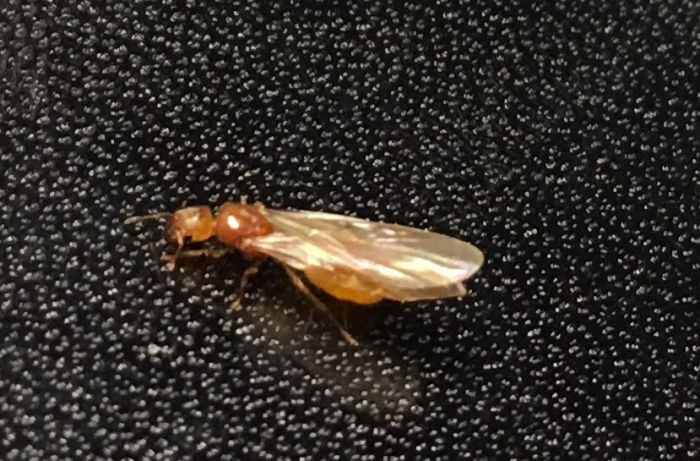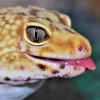1. Location of collection: Austin, Texas, Travis County, in the pool of a suburban apartment complex in south Austin
2. Date of collection: June 27, 2017, early morning, around 7 am; hard rain the night before and still overcast when I noticed them.
3. Habitat of collection: Suburban neighborhood. There are a lot of live oak, red oak, Chinese elm, grass lawns, and other residential/commercial developer landscaping around.
4. Length: 6-7 mm. Apologies, I was able to measure and they are 5 mm.
5. Coloration, hue, pattern and texture: they're orange - they are a bit smaller than S. invicta but look very similar
6. Distinguishing characteristics: quite small and difficult to make out their finer points
7. Anything else distinctive: their orange color
8. Nest description: unknown - new swimming sailor queens.






Edited by Bryansant, June 29 2017 - 9:55 PM.




















